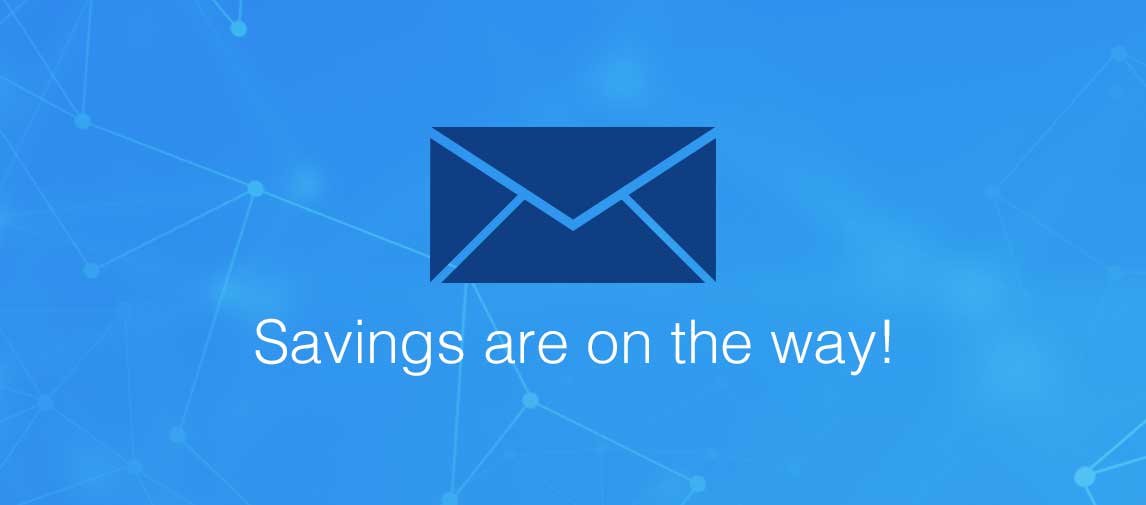title
Please take a moment to fill out this form. We will get back to you as soon as possible.
All fields marked with an asterisk (*) are mandatory.
Data Storage Training Courses
Get ahead in your career by mastering data storage with our training courses. Learn about data warehousing, databases, and more. Register now and start your journey today!

Course List
-
Teradata Database Administration
CFLQ-125
This Teradata Database Administration course is designed to provide students with in-depth knowledge of system administration . . .
- Duration: 3 Days
- Delivery Format: Classroom, Virtual
-
DB2 Application Programming and Design
DBDB-100
This course is designed so that a student will gain an in-depth understanding of the concepts and appropriate use of data . . .
- Duration: 5 Days
- Delivery Format: Classroom, Virtual
-
DB2 Application Programming and Design in C
DBDB-140
This course is designed for C Programmers interested in gaining an in-depth understanding of the concepts and appropriate . . .
- Duration: 5 Days
- Delivery Format: Classroom
-
Db2 13 for z/OS Basic Database Administration
CV845G
This course will expose the beginning z/OS DBAs (Database Administrators) to fundamentals of Database Administration for . . .
- Duration: 24 Hours
- Scheduled Classes : 9 Scheduled Classes
- Delivery Format: Classroom, Virtual
-
Db2 13 for z/OS Utilities for Database Administrators
CV972G
This course is designed to teach database administrators advanced topics about Db2 for z/OS utilities with a combination . . .
- Duration: 24 Hours
- Scheduled Classes : 4 Scheduled Classes
- Delivery Format: Classroom, Virtual
-
New Functions and Features in Db2 for z/OS (v13)
CV321G
Learn about the new features and enhancements of Db2 for z/OS (v13), including the technical detail of the functional enhancements . . .
- Duration: 24 Hours
- Scheduled Classes : 9 Scheduled Classes
- Delivery Format: Classroom, Virtual
-
IMS Data Sharing
CMW50G
This is an online course. please do not make travel arrangements for this course. After you receive confirmation that you . . .
- Duration: 48 Hours
- Delivery Format: Classroom, Virtual
-
IMS Database Performance and Tuning
CM30G
Learn how to tune Information Management System (IMS) databases for use in IMS/Batch, IMS/Data Communications (DC), CICS-Local-Data . . .
- Duration: 40 Hours
- Delivery Format: Classroom, Virtual
-
IMS Database Performance and Tuning
CMW30G
Learn how to tune Information Management System (IMS) databases.Explore the IMS database features that affect performance, . . .
- Duration: 40 Hours
- Delivery Format: Classroom, Virtual
-
IMS Database Recovery Control (DBRC)
CM20G
Learn all aspects, including installation, implementation, and management of the Database Recovery Control (DBRC) feature . . .
- Duration: 40 Hours
- Delivery Format: Classroom, Virtual
-
IMS Database Recovery Control (DBRC)
CMW20G
Learn all aspects, including installation, implementation, and management of the Database Recovery Control (DBRC) system . . .
- Duration: 40 Hours
- Delivery Format: Classroom, Virtual
-
IMS Diagnostic Approaches
CMW66G
This class will teach you to understand the IMS software diagnostic process and to know what documentation is required to . . .
- Duration: 24 Hours
- Delivery Format: Classroom, Virtual
-
IMS Fast Path
CM64G
This course is designed to describe the features and functions of Fast Path both from a capability and an implementation . . .
- Duration: 36 Hours
- Delivery Format: Classroom, Virtual
-
IMS High Availability Large Database (HALDB)
CM46G
Learn about the Information Management System (IMS) High Availability Large Database (HALDB). Examine how databases may be . . .
- Duration: 8 Hours
- Delivery Format: Classroom, Virtual
-
IMS High Availability Large Database (HALDB)
CMW46-RF-RF1
Learn about the Information Management System (IMS) High Availability Large Database (HALDB). Examine how databases may be . . .
- Duration: 16 Hours
- Delivery Format: Classroom, Virtual
-
IMS Installation Workshop
CM059G
Learn how to successfully install and successfully maintain an Information Management System (IMS) system, with insights . . .
- Duration: 24 Hours
- Delivery Format: Classroom, Virtual
-
IMS Physical Organization of Databases
CMW22G
Learn how to design, implement, reorganize, and recover Information Management System (IMS) databases. Practice these skills . . .
- Duration: 32 Hours
- Delivery Format: Classroom, Virtual
-
IMS Physical Organization of Databases Workshop
CM22G
Learn how to design, implement, reorganize, and recover Information Management System (IMS) databases. Practice these skills . . .
- Duration: 32 Hours
- Delivery Format: Classroom, Virtual
-
IMS Security
CM43G
Learn implementation for Information Management System (IMS) using Resource Access Control Facility (RACF) as the external . . .
- Duration: 32 Hours
- Delivery Format: Classroom, Virtual
-
IMS Shared Queues
CMW61G
This is an online courses. Please do not make travel arrangements for this course. After you receive confirmation that you . . .
- Duration: 20 Hours
- Delivery Format: Classroom, Virtual
-
IMS System Programming - Database and Transaction Management
CM111G
This course of 3 sessions, 8 hours each day, is designed to present a description of the activities required to install, . . .
- Duration: 24 Hours
- Delivery Format: Classroom, Virtual
-
IMS TM Performance and Tuning
CMW21G
Learn a methodology to improve the performance of a large-scale z/OS IMS/TM data communication system. This course explains . . .
- Duration: 24 Hours
- Delivery Format: Classroom, Virtual
-
Advanced SQL Queries for Oracle Databases
DBOR-973
Learn the advanced SQL skills necessary to design and code complex queries against Oracle databases. Emphasis is placed . . .
- Duration: 3 Days
- Delivery Format: Classroom, Virtual
-
An Introduction to JSON in Oracle Databases
DBOR-972
JSON has become the preferred standard for data interchange and is used in most application APIs today. Learn how to implement . . .
- Duration: 2 Days
- Delivery Format: Classroom, Virtual
-
Introduction to Oracle Database and SQL
DBOR-970
This course is designed for developers, analysts, and others who need to use Oracle’s SQL language to query or modify data, . . .
- Duration: 3 Days
- Delivery Format: Classroom, Virtual
-
Oracle Database Security Administration Training
DBOR-976
Learn the security features built into the Oracle database in this hands-on course. This includes Standard Edition facilities, . . .
- Duration: 3 Days
- Delivery Format: Classroom, Virtual
-
Db2 11.5 for LUW: SQL Workshop
CL722G
This course provides an introduction to the SQL language. This course utilizes IBM Data Studio on a Windows 11 operating . . .
- Duration: 16 Hours
- Scheduled Classes : 5 Scheduled Classes
- Delivery Format: Classroom, Virtual
-
DB2 Visual Explain for SQL Application Performance Analysis
DBDB-370
This course provides students a brief overview of DB2 SQL performance considerations, including establishing goals for Application . . .
- Duration: 1 Day
- Delivery Format: Classroom
-
We're sorry there are no current courses meeting your filters, but please contact a training advisor who can suggest alternatives aligned with your goals and interests.
Get Personalized Training Solutions
Need a personalized solution for your Training? Contact us, and our training advisors will guide you.
Need Help? We're Here!
Have questions about courses, instruction, materials covered, or finding the right fit? We're here to help!
Need more Information?
Speak with our training specialists to continue your learning journey.
Talk to our team






